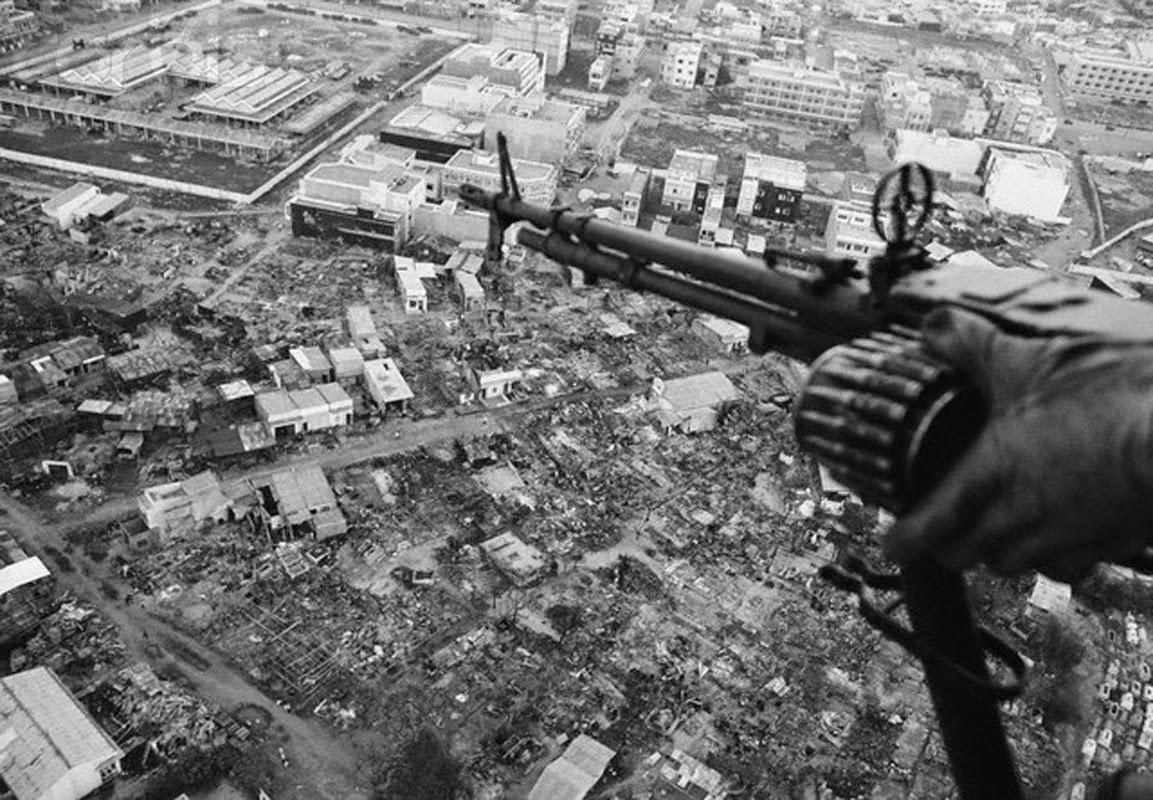Conceptual
In aerial battle, the unseen adversary is the best danger. A foe pilot who slips onto your tail, your "six o'clock," is the person who is destined to shoot you down. The fantastic contender decree, "continue checking six," may be as material on the incline and on the runways as it is at 20,000 feet. This report investigates the likelihood that future foes will utilize ground assaults on U.s. Flying corps (USAF) bases as in any event a fractional countermeasure to overpowering U.s. air prevalence. It likewise distinguishes, in wide terms, the sorts of activities that have the most potential to counter this developing risk.
The methods, intentions, and opportunity for ground assaults are meeting to make an intensifying ground risk to USAF air bases. Base powerlessness will be exacerbated by the sorts of expeditionary operations that are liable to be the most well-known military activity later on. Standoff assaults from maybe a few miles outside the base's edge represent the most serious risk, a peril that is opened up by the continuous dissemination of reasonable yet-modern weapon innovations and military apparatus.
Observation and identification of adversary assault groups well outside the base edge will be key to securing the base, its advantages, and its faculty. The creators propose that expanding the abilities of the Security Police (SP) against the standoff danger will oblige a few changes in USAF preparing strategies and use of latent measures (e.g., misleading, cover, and solidifying) to ensure key USAF holdings. At long last, while barrier of air bases against ground assault has been customarily seen inside the USAF as a SP issue, the creators judge that it ought to be all the more legitimately seen as a test to airpower itself, since without secure bases, USAF operations could be extremely hindered.
